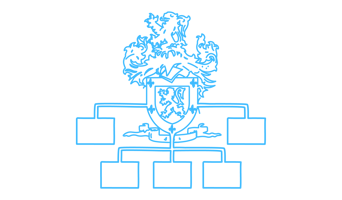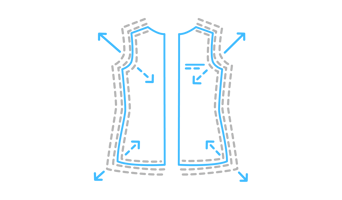Cost cutting strategies must not be limited to analyzing and adding up the potential effects of cost saving ideas. Instead, leaders and cost reduction analysts have to think through and execute three essential process steps in order to achieve cost cutting success.
Whether triggered by the current crisis of the coronavirus pandemic, or whether part of a continuous and proactive rightsizing strategy, many companies worldwide are starting the process of cost reduction initiatives.
Through discussions with Management Kits users who are in the process of restructuring their operations working with the Organizational Structure Kit, it became clear again and again that the overall organizational process is crucial to achieving sustainable success in cost cutting.
Thinking in terms of three essential steps can help you start a cost cutting exercise that yields long-term results while protecting your organization’s strategic capabilities.
Step 1: How much must be cut? Define the ambition level of your cost reduction initiative.
A crucial first step is to be absolutely specific regarding the ambition level of your cost reduction work.
Ultimately, this target will have to be derived from your organization’s strategy and the target profitability its owners are expecting. The sustained viability of the company will define the minimum operating margin and, in turn, the required cost reductions, especially in times of crisis.
The ambition level and the rationale behind it should be made explicit, and should serve as a basis for cascaded targets on unit and department levels. Above all, the cost target should be linked to a strategic goal that organizational members can relate to as they start to identify ideas for cost reductions.
Get the expertise, tools and guidance to
redesign your organization
Step 2: Where and how should costs be cut? Run your cost reduction analysis and identify ideas and measures.
Once you have a target number for your company or your department, you can start identifying measures that add up to fulfilling the defined ambition level.
We have a few learnings from our experience and from discussions with Management Kit users to be kept in mind during this step.
-
First, if the goal defined by your company’s cost cutting strategy is substantial (e.g. at or above 10% of expense reduction), no single measure will do the job. You will have to look at a cost reduction program instead of a single, isolated change. Thinking in terms of a program gives you the opportunity to take a holistic, end-to-end look at your structures and processes and create a broad, and evenly spread set of measures.
-
Second, build in some extra security margins in your identified measures compared to your target. A Management Kits partner expert put it this way: “if you want to get 10%, identify 15%”. This is because not even the best cost reduction analysis will capture all interdependencies between processes. Costs creep back into operations or are replaced by other expenses, for example when layoffs are followed by an increase in contingent workers and temporary staff.
-
Third, and partly in reaction to the above, make the definition of your cost reduction program a participatory effort - also a key imperative for proactive rightsizing initiatives. While step 1, setting the ambition level, will mostly have a strong top-down logic to it, the identification of impactful and sensible cost reduction measures will have to rely on the knowledge of your people. Two groups of people are essential: controllers and finance people who can help to create transparency; and the organizational owners of the costs, namely the decision-makers across different levels who can assess the rationale for different expenses.
Whatever the focus areas of your cost reduction ideas are, be it reducing purchasing prices, reducing operating costs, or reducing overhead costs, think in terms of multiple measures combined into programs, build in some security margin compared to your ambition level, and participate with key stakeholders to make your cost reduction analysis a sound basis for executing your work.
Step 3: How to actually realize and maintain the identified cost cuts? Define and execute your cost reduction plan.
Cutting costs in business means executing cost reduction strategies. And executing cost-cutting initiatives and sustaining cost savings is where most cost reduction work falls short of its potential.
There are many reasons for this. One is that often the cost reduction ambition (step 1) is not translated into a sound analysis of cost reduction ideas and measures (step 2). For example, the identification of measures is often supported by specialized cost reduction consultants, who leverage their experience to create plausible outside-in plans that don’t pass the real world test of the organization in question.
But even if the analysis is sound and thorough, execution is a different matter altogether. Details have to be fleshed out. Difficult trade-offs have to be translated into concrete decisions. And those decisions have to be communicated and negotiated in demanding conversations.
From an organizational perspective, the real world challenges involved in execution might be a reason that this third step often receives comparatively little - too little - attention in terms of planning and support. Our advice, for organization design and redesign processes generally, is that putting time, energy, and attention into your work process, and paying attention to all important stakeholders, pays off. Trying to save this time, energy, and attention often means that business cost reductions are not (fully) realized.
The Organizational Structure Kit is designed to let you plan, run, and facilitate your organization redesign work, comprising key process and content guidance for immediate action and impact. Check out the Kit as part of our free preview.



